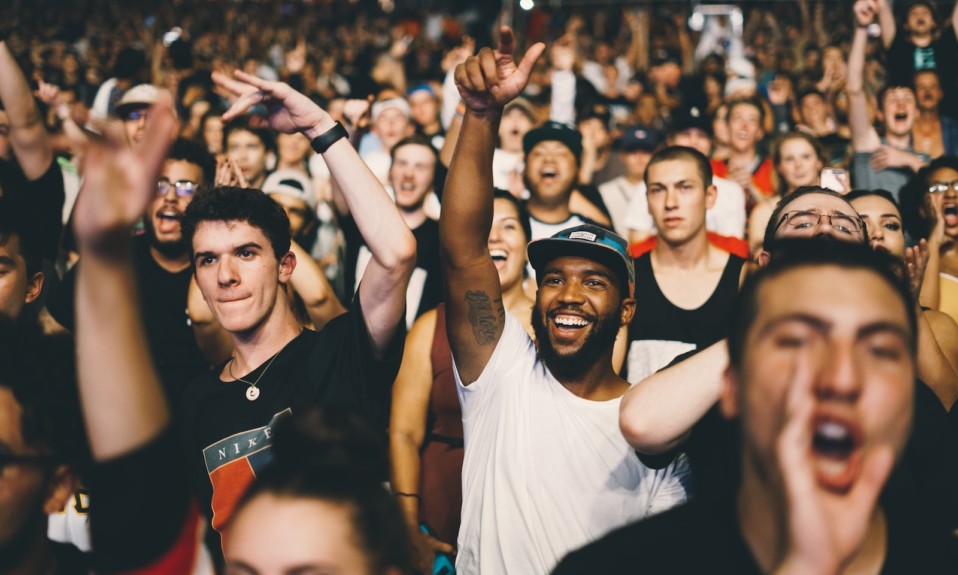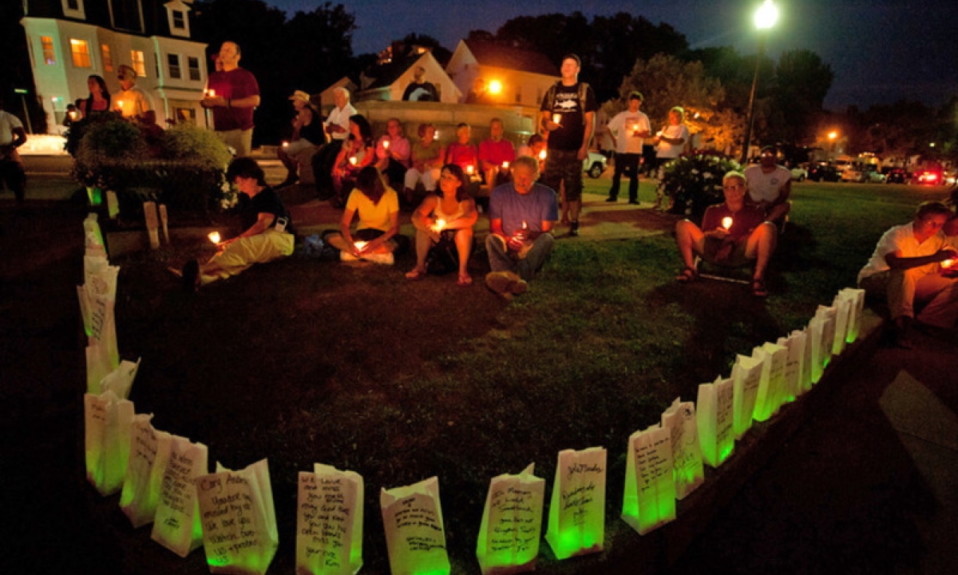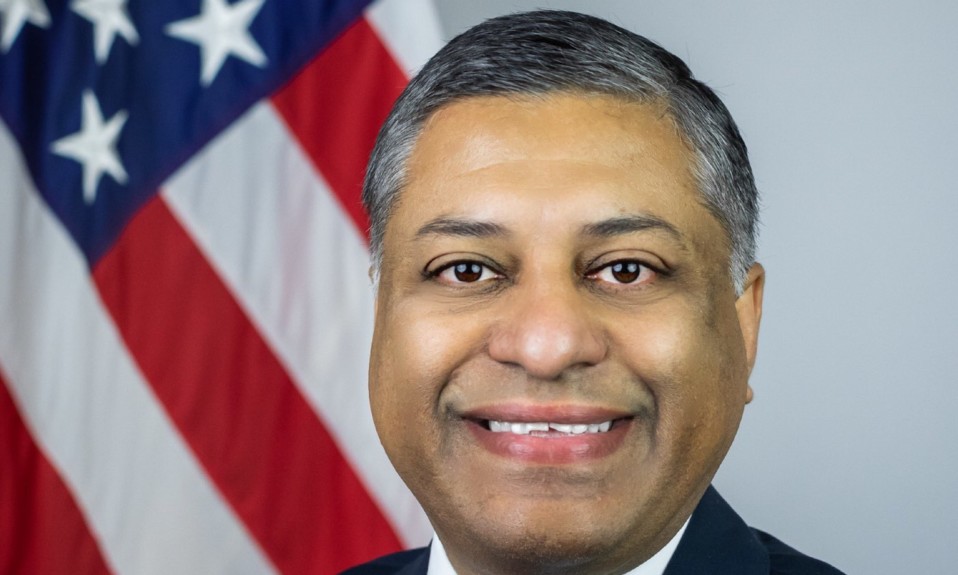In response to the draconian RAVE Act of the early 2000s, the Drug Policy Alliance and others have been on a mission to create spaces for partygoers that are based on the concept of harm reduction
By Jason Langendorf
Back in the early 2000s, Stefanie Jones was a student at the University of Southern California and a club kid indulging in the music scene whenever she could. Around the same time, a senior senator from Delaware named Joe Biden passed a piece of legislation called the RAVE Act that was meant to crack down on drug use in festivals and clubs.
Jones couldn’t have known it in the moment, of course, but Biden would go on to become the 46th President of the United States, gradually reorienting many (but perhaps not all) of his views on drug policy along the way. Jones also couldn’t have known that she would enroll at New York University to design her own individualized study program, begin working in drug policy reform and eventually found and run the Music Fan program for the Drug Policy Alliance (DPA), bringing together supporters, advocates and donors in the nightlife and festival community—all of it tracing back to her urge to right the sort of wrongs she saw in the RAVE Act.

“It was introduced and focused on parties, concerts, festivals and raves,” Jones says of the 2003 legislation. “It addressed MDMA and other drug use in the scene, and it was just terribly written.”
Essentially an extension of the “crackhouse laws” section of the Controlled Substances Act focusing on the “establishment of manufacturing operations,” the RAVE Act severely penalized festival promoters, club owners and other operators of music venues, holding them responsible for their patrons’ drug use. In a sign of the times, the legislation—intended to create safer atmospheres in the music scene—instead had the opposite effect.
Says Jones: “It wasn’t a great time for drug policy.”
The DPA’s Safer Partying Campaign
Flash forward to today, and Jones is the DPA director of audience development. Music Fan, meanwhile, evolved into the Safer Partying campaign, which is no longer active. But after years of setting up tents and booths at festivals and concerts, getting the word out on the club scene and handing out harm reduction information and materials, Jones remains a fierce advocate for creating safer drug consumption environments on the music scene. Jones still regularly posts to the Safer Partying Twitter account, and the DPA continues to feature a Safer Partying page on its website. While the program’s goals have essentially been subsumed by the DPA’s larger mission, they have not gone away.
Patrons are offered a non-judgmental mixture of substance and addiction education, connection to treatment services and drug-check resources that can detect dangerous substances they might have been unaware of.
The four stated goals of the Safer Partying campaign, as outlined by the DPA:
- Ending stigma against people who use drugs at festivals, concerts and clubs.
- Amending the Illicit Drug Anti-Proliferation Act (2003), known more commonly under its original name, the RAVE Act. This law holds event producers legally responsible if they are found to be knowingly operating “a drug-involved premise.” The law makes event producers and club owners reluctant to provide on-site harm reduction services like free water or cool-down spaces.
- Making drug checking happen in as many places and forms as possible
- Stopping the criminalization of partygoers. Punitive drug laws cause as much harm as the drugs themselves, and often more
“After decades of really no quality drug education in schools, you have a bunch of young people who are going out and experimenting with drug use for the first time. They’re terribly uneducated, and making some really unfortunate choices because they lack the knowledge,” Jones says. “They just don’t have support.”
Other Harm Reduction Efforts

With festival season beginning in earnest this month, there are other organizations joining the DPA in its efforts, including DanceSafe and the Zendo Project. Promoters and operators—who for years have been skittish about embracing harm reduction measures at their venues for fear of being seen as condoning drug use—now have access to information such as the DPA’s guide to health and safety best practices. Patrons are offered a non-judgmental mixture of substance and addiction education, connection to treatment services, and drug-check resources that can detect dangerous substances they might have been unaware of.
“The fentanyl crisis has really changed our culture, where even the federal government and law enforcement are supportive of drug checking,” DanceSafe research director Emanuel Sferios told Filter magazine. “They’re starting to understand that we can’t stop drugs, so we need to treat it as a public health issue.”
Ultimately, Jones says, that should be the goal—whether it means keeping people who use drugs safer or helping them move away from them completely.
“I think a lot of people who float through festivals, clubs, parties are deeply hurt, and maybe using drugs to mask pain,” she says. “That’s a huge part about having drug education and support services in festivals and clubs—trying to make connections with young people who are having a different experience than their peers, where it’s less about celebration and exploration and more about trying to deal with trauma and whatever else is happening with them.
“So that’s the other idea: to go to these places where we know young people are using drugs, and have the opportunity to have conversations about how people are feeling about their drug use and whether or not they need services. If they do want to change their drug use patterns, they need to know where else they can go for support.”
Top photo: Nicholas Green













